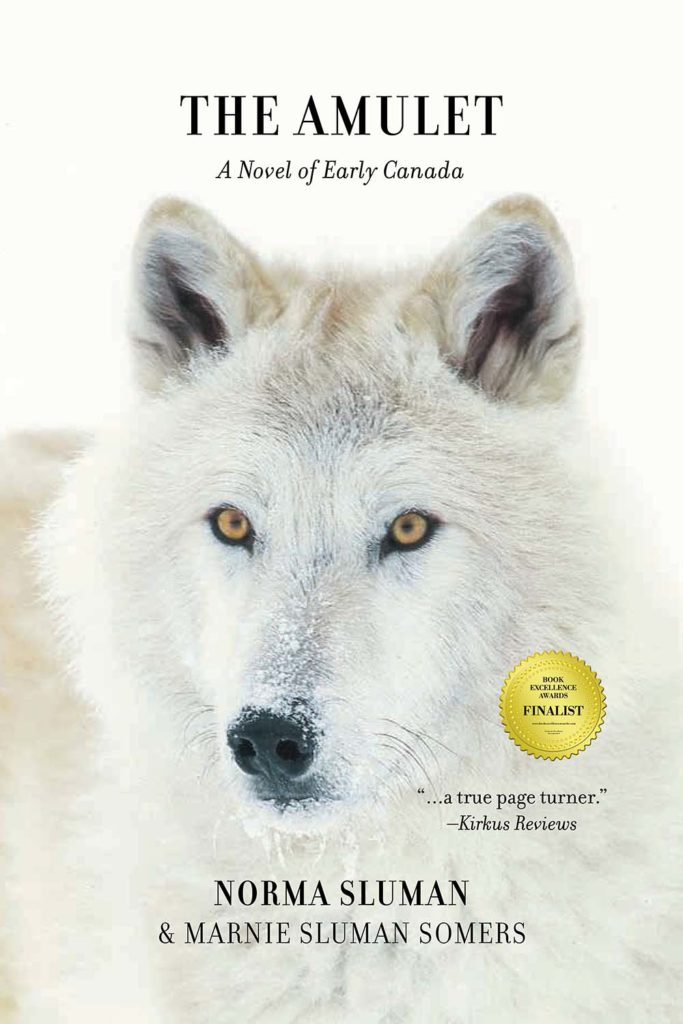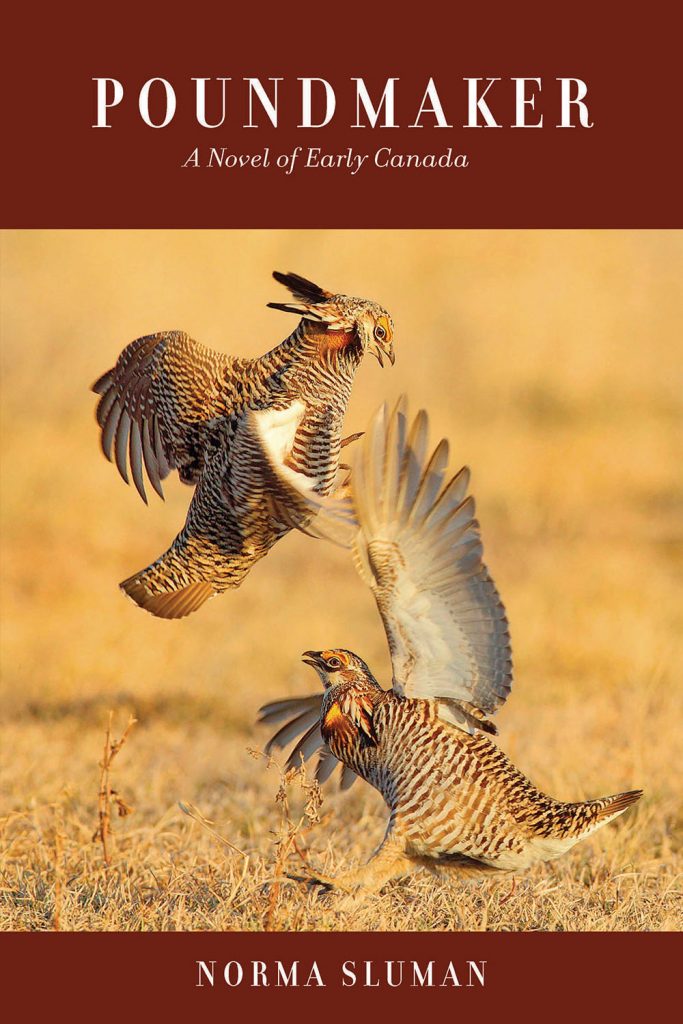It’s a new year and all of us, writers included, are scrambling to pull ourselves together and figure out what we want and how we’re going to get it.
I’m not a big believer in resolutions, but I do like plans. And I like getting things done. Experience has taught me that the best way do that for myself is to notice and accept the way things are and then make tiny, meaningful changes which shift me in the direction I want to go. I call these tiny changes rituals because it feels right to me, they’re repetitive, they’re deeply meaningful, and they have a big impact. I’ve found that these small things make a big difference.
Observe
Before you change anything you need information. We’re going to keep this simple but it’s important that you be honest with yourself. Ask yourself this question:
What kind of writer am I?
Your answer will probably be one of the ones below or something similar.
- I want to be a writer but I can’t get started.
- I’m a writer but I can never find time to write.
- I’m a writer. I write regularly but I’m unhappy with the results or I feel blocked and frustrated when I write.
Take moment to accept where you’re at without judging. Now ask yourself this question:
What kind of writer do I want to be?
Spend some time thinking about the kind of writer you want to be and hold it in your head. Ideally you’ll want to feel it out in whatever way works for you. There are definitely words, colours, images, sounds, and feelings to it.
Some ideas for feeling out the kind of writer you want to be:
- Freewrite about it then go back through and circle words that come up often or seem related. You may find that one word can summarize all the others.
- Create a mindmap of interconnected words about your writer self.
- Collage or vision board your writer self by collecting images, colours, and textures either in real life with paper and glue, in a journal, or virtually on an app like Pinterest. Notice the colours and textures you gravitate towards.
- Create a playlist of writing music that feels inspiring and notice themes in the songs you choose.
- Make a collection of spaces, places that make you feel inspired. You can visit these, photograph them, collage them, or curate a collection of images.
After completing one or more of these activities and really just spending some time with the idea of yourself as a writer. You should be able to hold something, a feeling, a colour, an image, in your head that represents your writer self.
Make a Space
Space matters. Remember Virginia Woolf and a Room of One’s Own? Her main argument was that women needed space in order to write, financial space and physical space.
Where do you write? Do you have a writing space? What does it feel like? Does your space inspire you and encourage your creativity? Do you have a comfortable place to sit? Good light? Are your writing tools there? Is it free from distractions?
Lots of us don’t have room for a designated writing space. Maybe you use your kitchen table or a table at a cafe. You don’t need a writing shack or a private office in order to write but you do need to create a space and honour it, even if you create a new space every time.
Before I write I set the stage. I always clear a space so I have an empty surface, I set out my favourite pen, I make a cup of tea, and I put in my headphones with quiet background music. I also tell my kids that I’m writing and they can ask their Dad if they need something or save their question until I’m finished. This way of preparing works for me because I’m writing in a busy house. I need to clear away the clutter so I’m not distracted, set boundaries around my space with my headphones and the “talk to Dad” rule, and I use the tea and pen to give my body physical cues that it’s time to write.
How You Can Set the Stage:
- Think about the things that stop you from writing. What distracts you? Turn off your phone. Write on paper instead of your computer. Block out noise. Talk to the people who usually interrupt you. Set boundaries around your writing space and make sure you respect them and other people respect them.
- Think about the things that inspire you. How can you add those to your space? Music, colours, a certain kind of paper, dim light, sunlight, being outside…
- Think about what makes you comfortable. Clothes, seating, warm socks, fresh air, background noise.
Create a Writing Ritual
This part is easy. You know yourself, you know what works for you and what doesn’t. You know the writer you want to be. When you create your ritual you want to be carving out a space in the world in which you can BE that writer. Pull little reminders of the sound, colour, and feeling of the writer you want to be. Be practical and eliminate distractions. Be kind to yourself and include things that you know inspire your creativity and ability to focus.
When you’re creating your ritual think about how you can set physical cues for yourself like smells, tools, or a series of actions. Our bodies respond to physical cues and our minds, which we use to write, are part of our physical bodies.
Think about how to make your ritual portable and flexible. For example, if your ritual involves going outside, what will you do when it rains? Or in the winter?
Think about how make your ritual as simple as possible. If there are too many steps you’ll be more likely to put it off or not do it at all. Tiny changes are the ones that stick. If you want to read more about how tiny habits can change your life check out Tiny Habits, by B.J. Fogg.
Here are a few examples of writing rituals:
Step outside with a notebook and pencil and write a few words.
Go into your bedroom with a laptop and lock the door. Put a blanket around your shoulders, turn on a bedside lamp and write a few words.
Walk to a cafe, get a coffee, sit down at a table with your headphones in a write a few words in a notebook.
Do three pushups, sit down somewhere quiet and write.
Rituals can be even simpler than that. Maybe you just pick a smell, like mint. Your ritual could be “smell mint, sit down and write.” This kind of ritual is really flexible. Maybe most days you add mint essential oil to a diffuser, but if you’re away from home you could order a mint tea, use a mint scented moisturizer, or even brush your teeth, because the smell of mint and the act of writing are associated in your head. You smell mint and your brain says, “Oh, it’s time to write.”
How to Use Your Writing Ritual
- Keep it simple.
- Use it often. Every day is best.
- Don’t compare yours to others.
- Change it if it doesn’t work.
Let me know how it goes! I’d love to hear about your writing rituals. Share with me in the comments or on our social media.
I’m writing with you. Until next week,
Laurie
Photo by Maahid Photos on Unsplash

Laurie MacNevin, HF Associate Editor
Laurie is an editor, writer, and researcher. Her deep love of stories led to an Honours degree and a Master’s degree in English Language and Literature from the University of Windsor. Originally from Southern Ontario, Laurie has lived in Manitoba for more than ten years, exploring the stories, landscape, plants, and people of some of the most remote parts of the province including three years in Churchill and two years in God’s Lake Narrows First Nation. Laurie and her family now live on an acreage outside of Carberry.
Not a member of our FREE Book of the Month Club yet? What are you waiting for?
Want a chance to win a free book written by a different Canadian author? Join our Free Book of the Month Club! Every month we review a book by a Canadian author and give it away to one of our email subscribers. Our goal is to share the work of other Canadian authors to help readers find other writers.




